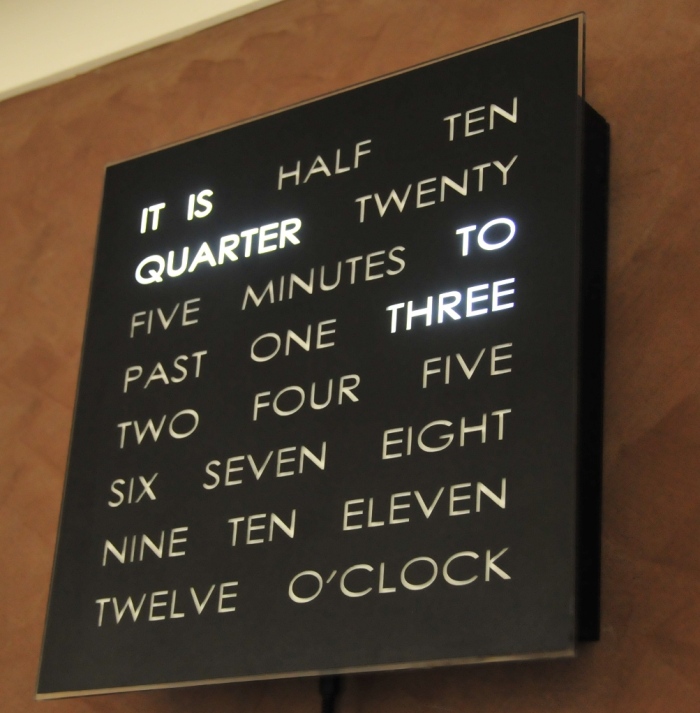Yoshidk
Newbie level 6

Hello all!
I have a circuit with 20 White LEDs, which change with time controlled from a µC and transistors, 3 to 6 of these are ON at the same time
From the LED-datasheet i read:
"Forward Voltage 3.3V"
My circuit supply is 12V, so normally i would serie connect the LED with a resistor to make 3.3V across the LED, but im thinking this would burn too much power if the LED are constantly on..
Should i regulate the voltage to 3.3V, or limit the current after each LED, or what is the most power effective way to supply these LEDs?
(I can sketch the schematic if other stuff are important)
Thank you
I have a circuit with 20 White LEDs, which change with time controlled from a µC and transistors, 3 to 6 of these are ON at the same time
From the LED-datasheet i read:
"Forward Voltage 3.3V"
My circuit supply is 12V, so normally i would serie connect the LED with a resistor to make 3.3V across the LED, but im thinking this would burn too much power if the LED are constantly on..
Should i regulate the voltage to 3.3V, or limit the current after each LED, or what is the most power effective way to supply these LEDs?
(I can sketch the schematic if other stuff are important)
Thank you




